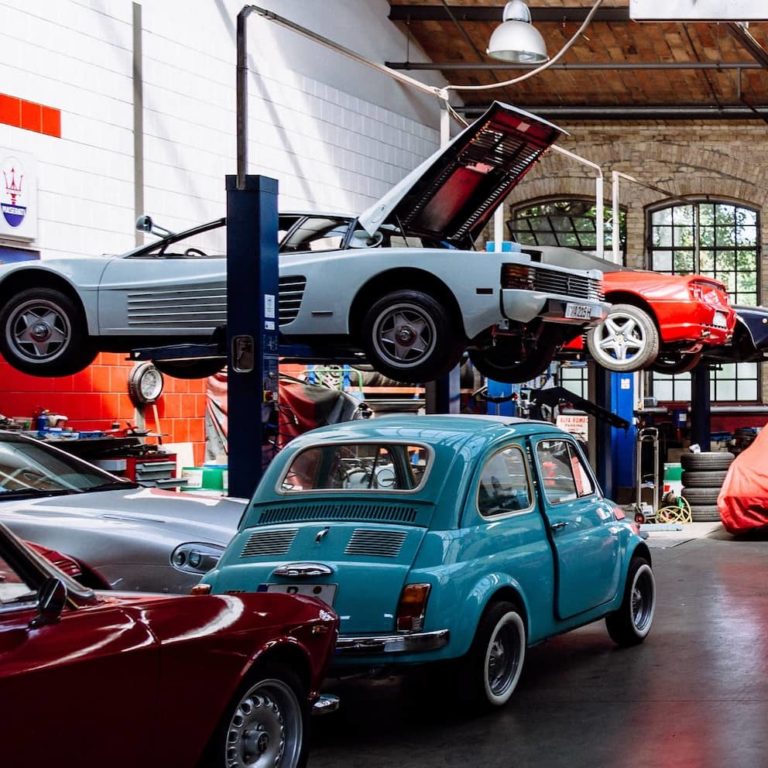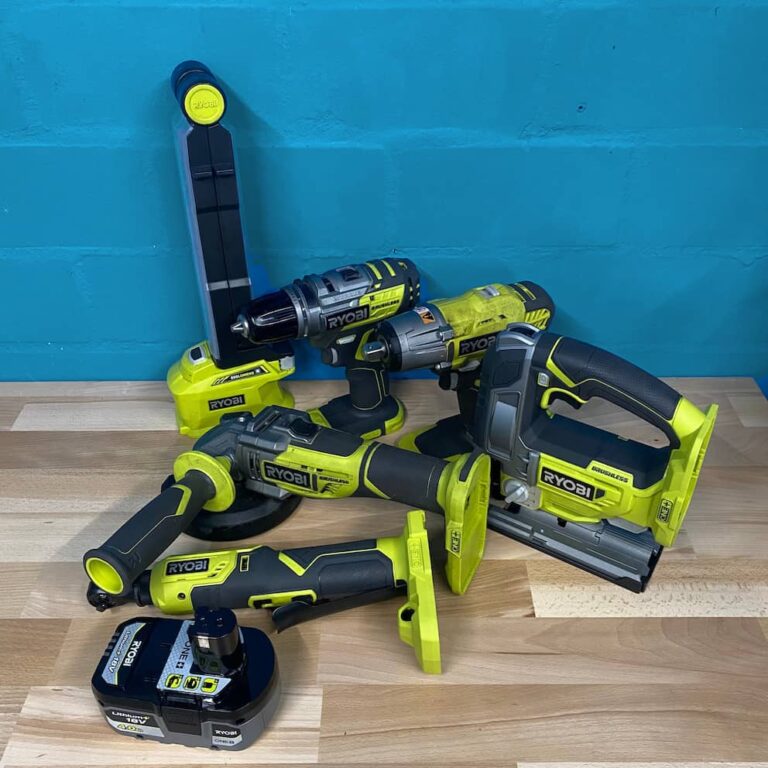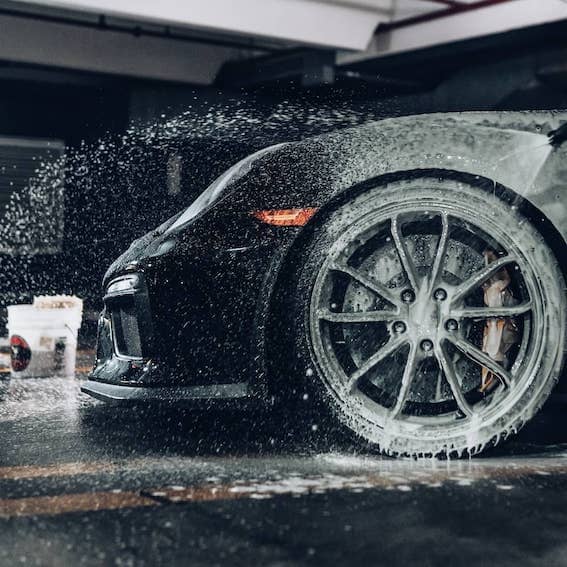How to change brake fluid on a vintage car
Mads van Appeldoorn
July 9, 2020
As Amazon Associate I earn from qualifying purchases. I may receive a small commission at no additional cost to you for purchases made through links in this post.
How to choose the right brake fluid for a classic (race) car?
Almost everyone understands that you should change the oil more often. but that you should also think about the brake fluid, hardly anyone thinks of that. Over time, brake fluid absorbs moisture from the air, which can lead to corrosion and damage to your car’s brake components. This can cause your brake pedal to feel spongy or soft, reducing the effectiveness of your brakes and increasing your stopping distance. As brake fluid circulates through your car’s braking system, it can pick up dirt, dust, and other impurities that can build up over time. These contaminants can affect the viscosity and performance of your brake fluid, leading to reduced stopping power and increased wear on your brake components. Brake fluid is also subject to high temperatures and pressure, which can cause it to break down and lose its effectiveness over time. As brake fluid degrades, it can become less effective at transmitting force from the brake pedal to the brakes, reducing your stopping power and increasing your risk of an accident.
Of course, in a racing environment, a lot of parts have to work a lot harder, especially brakes. Higher speeds and much more intense presses on the brake pedal and as a result – much higher temperatures than with your daily commuting car. So make sure you install the right calipers, pads, discs and also – brake fluid that are all capable of withstanding those temperatures to avoid fading. Fading means losing performance once the temperatures are too high. You don’t want that, believe me, especially not with your track car. Selecting the right brake fluid is not only vital but you might want to consider a few things.
What does DOT rating and boiling point mean?
Brake fluids are designed to meet industry standards, one of these standards which is most commonly used is the DOT rating (US Dep. of Transportation). You might have seen ratings like DOT 3, DOT 4 and DOT 5. The higher the number, the better the performance of the brake fluid. DOT 3, DOT 4 and DOT 5.1 are glycol based brake fluids, can be used in the same system and can be mixed. However, if you mix, the temperature point will remain the one of the lowest DOT rated product in your system. Glycol based fluids will absorb moisture even the system is “closed”. Means, if you need a higher temperature range, flush the system and use the one with the higher rating. DOT 5 (not DOT 5.1) is silicone based and CAN’T be combined with glycol based types. Keep in mind, any traces of other brake fluids will ruin your braking performance. So it’s best if you had an complete overhaul with new hoses. Silicone based fluid will not absorb water, so you will have a more consistant feel, but it’s not compatible with ABS brake systems. We’re talking classic race cars here, but just wanted to mention that. At some point you will come across two terms, dry boiling point and wet boiling point. Dry boiling point is the temperature when the fluid starts boiling before it had the chance to absorb water, wet boiling point is the temperature once water has been absorbed into the fluid.
Best brake fluid for classic (race) cars
1. Castrol React SRF Brake Fluid
Most likely the most used brake fluid in motorsport, most Formula 1 teams use it. It has an excellent temperature performance, a high dry boiling point (608°F / 320°C) and wet boiling point (518°F / 270°C) which means it will not lose performance once it has absorbed water. DOT Rating: 3 and 4
2. Motul RBF 660 Brake Fluid
3. Maxima Racing DOT 5 Brake Fluid
Being a silicone brake fluid, it’s not affected by moisture intake and therefore it provides long lasting performance. More consistent brake pedal feel and the same boiling point. It will also not affect plastic or paintwork, but don’t mix it with glycol based brake fluid! If you want to replace your current brake fluid with DOT 5 silicon based brake fluid, flush your system completely! Boiling Point: 572°F (300°C), DOT Rating: 5
How to change brake fluid
Materials and tools needed:
- New brake fluid
- Brake bleeding kit (or a helper to pump the brake pedal)
- Wrenches
- Gloves and safety goggles
Step 1: Find the brake fluid reservoir
The brake fluid reservoir is usually located on top of the master cylinder, which is typically located under the hood of your car. Consult your car’s owner manual if you have trouble locating it.
Step 2: Determine the type of brake fluid you need
Brake fluid comes in different types, so check your owner’s manual to determine the type of brake fluid recommended for your vehicle.
Step 3: Prepare the vehicle
Start by jacking the car up using a jack and secure it on jack stands. Then, remove the wheels on the side you want to work on.
Step 4: Locate the brake bleed valve
The brake bleed valve is located on the brake caliper or the wheel cylinder depending on the make and model of your vehicle.
Step 5: Attach the brake bleeding kit
Attach the brake bleeding kit to the brake bleed valve. Make sure that the kit is secure and the tube is placed in the container for used brake fluid.
Step 6: Begin the brake fluid change
Open the brake fluid reservoir cap and fill it with the new brake fluid until it reaches the maximum level. Then, have a helper pump the brake pedal several times until the old brake fluid starts to come out of the tube in the brake bleeding kit. Continue pumping the brake pedal until the brake fluid coming out of the tube is clear and free from air bubbles.
Step 7: Repeat the process for each wheel
Repeat the process for each wheel, starting with the wheel farthest from the brake fluid reservoir and ending with the one closest.
Step 8: Check the brake fluid level
Once you have finished changing the brake fluid for each wheel, check the brake fluid level in the reservoir and make sure it is at the recommended level.
Step 9: Dispose of used brake fluid
Dispose of the used brake fluid according to local regulations.
Step 10: Test the brakes
Before driving the car, make sure to test the brakes to ensure they are working properly. Pump the brake pedal several times and check for any leaks or abnormalities.
That’s it!
Following these steps will help you change your brake fluid safely and effectively. If you are uncomfortable with any of these steps, seek assistance from a qualified mechanic.





